
Check out this image showcasing the outcome of a restoration project from 2000. The goal was to transform open mud flats into vegetated wetlands to provide a habitat for wetland plant and animal species. The Kingman Lake Wetland Restoration project utilized dredged material and native plants to revive 40 acres of tidal freshwater wetlands in Kingman Lake, located in Washington, D.C.
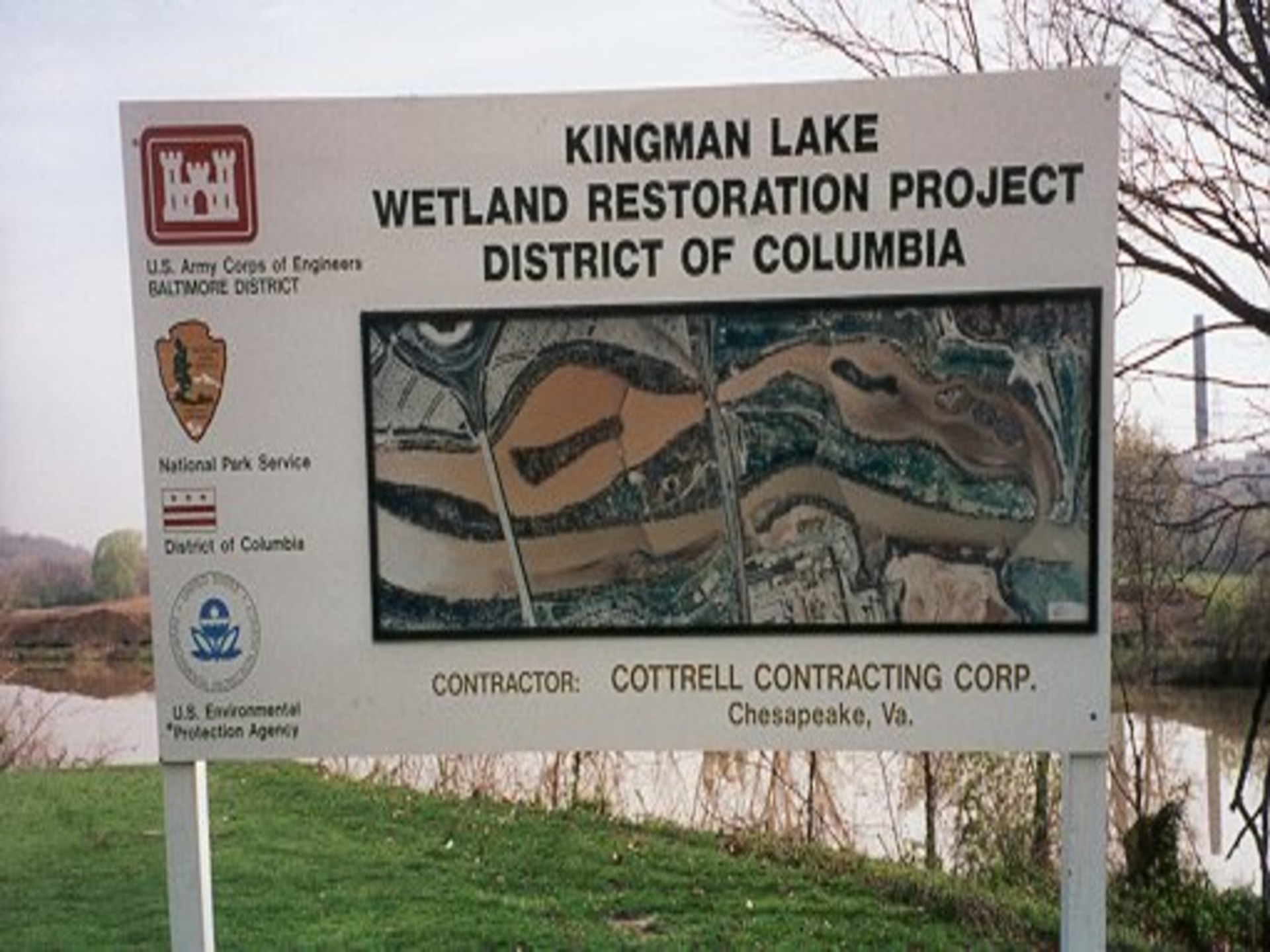
Dredged material, approximately 190,000 cubic yards, would be hydraulically removed from the federal navigation channel in the Anacostia River, in DC and MD. Dredging was also required to create a tidal gut system and lagoon in Kingman Lake.
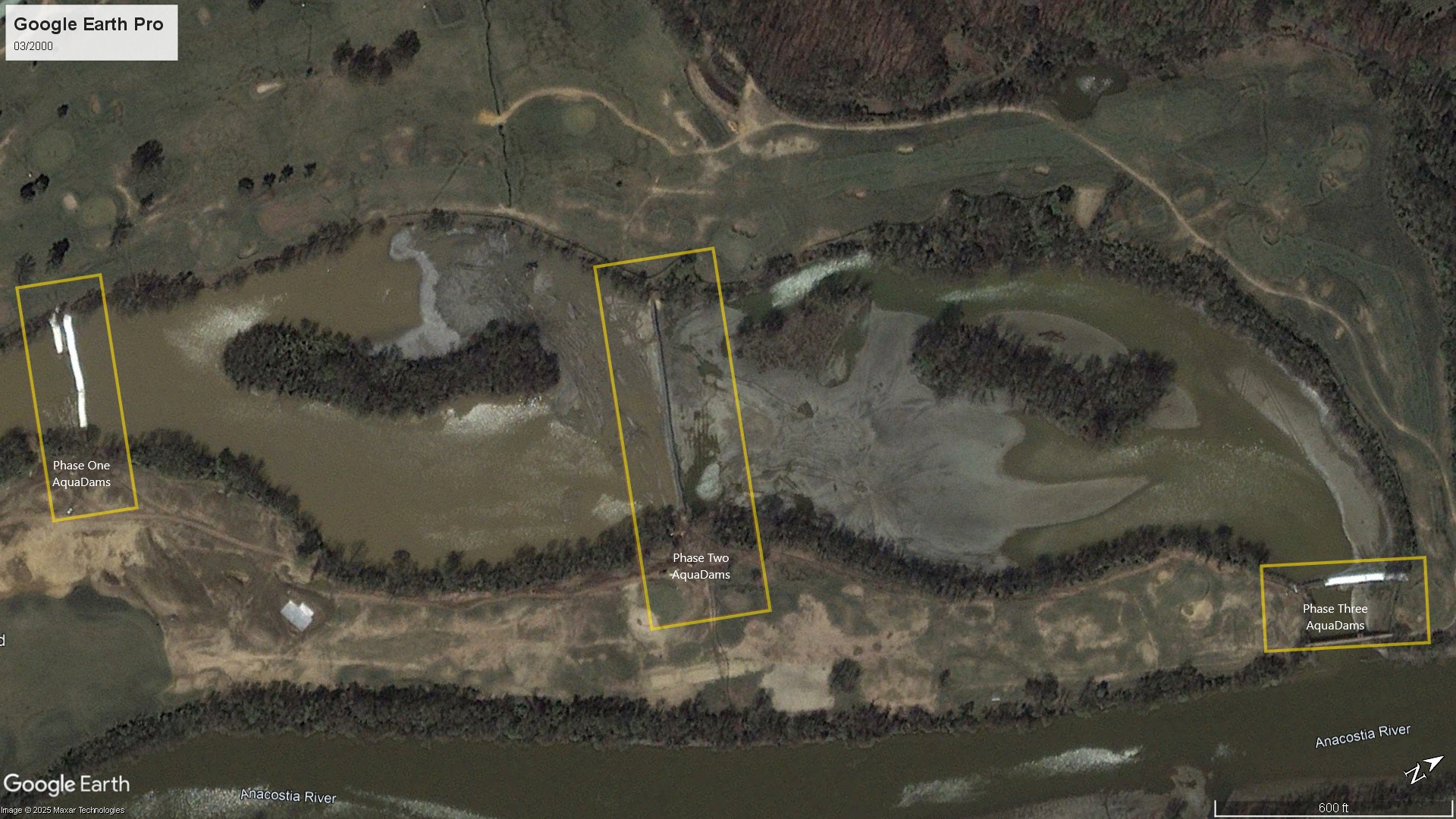
After the consolidation, workers planted approximately 700,000 plants in the dredged material. They used three phases of AquaDams to isolate a 40-acre area and control water depths affected by tides. The dredged fill material was needed to elevate the mud flats and promote the growth of native wetland plant species.
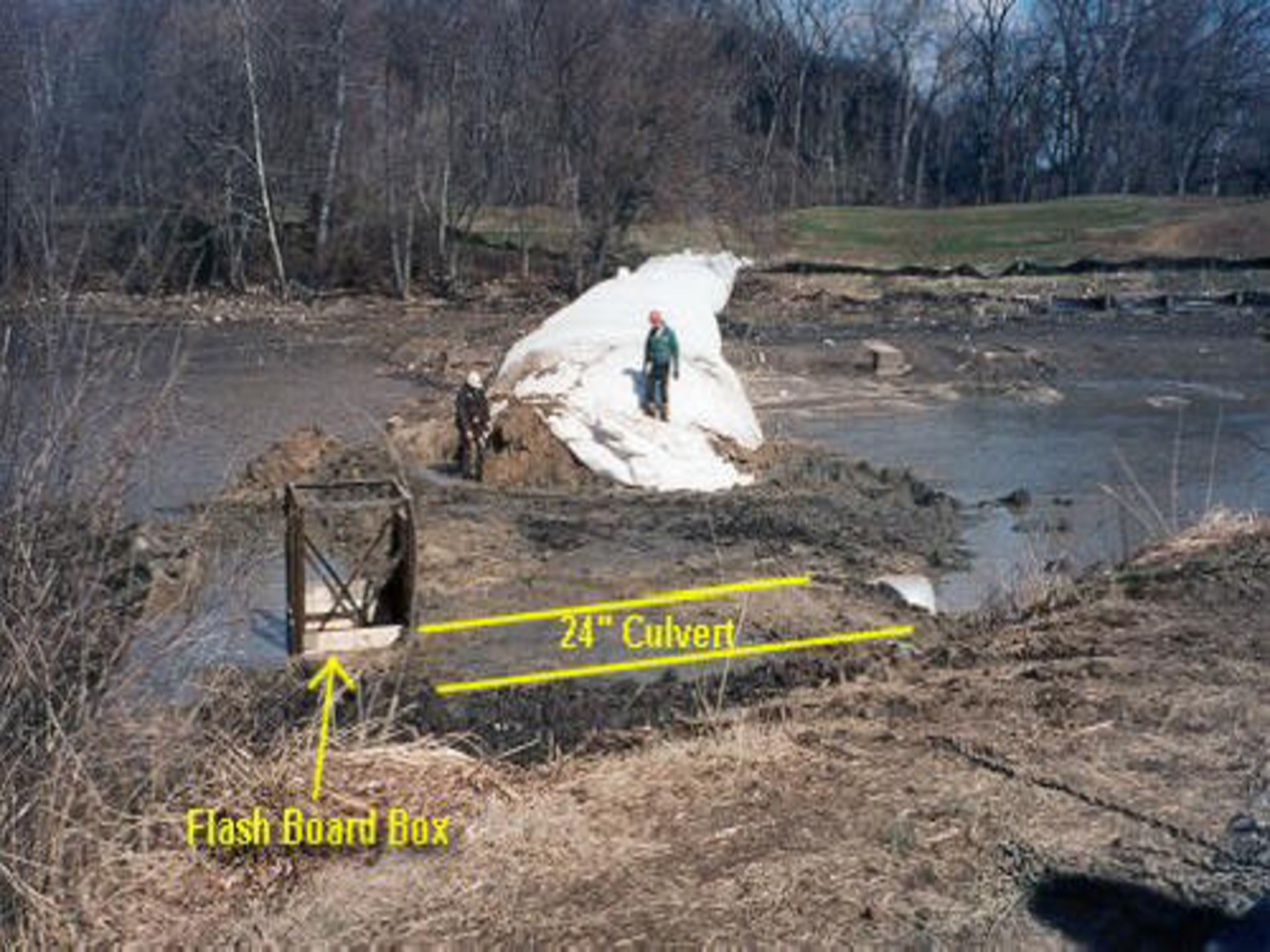
Workers installed an AquaDam® over the 24-inch diameter culvert with a flash board box, which was used to control tidal water flow. The smaller 4ft tall AquaDam® was connected to the end of the existing 8ft tall AquaDam, blocking off the 268ft wide channel. This allowed workers to seed the dredged material and keep it dry long enough for propagation.
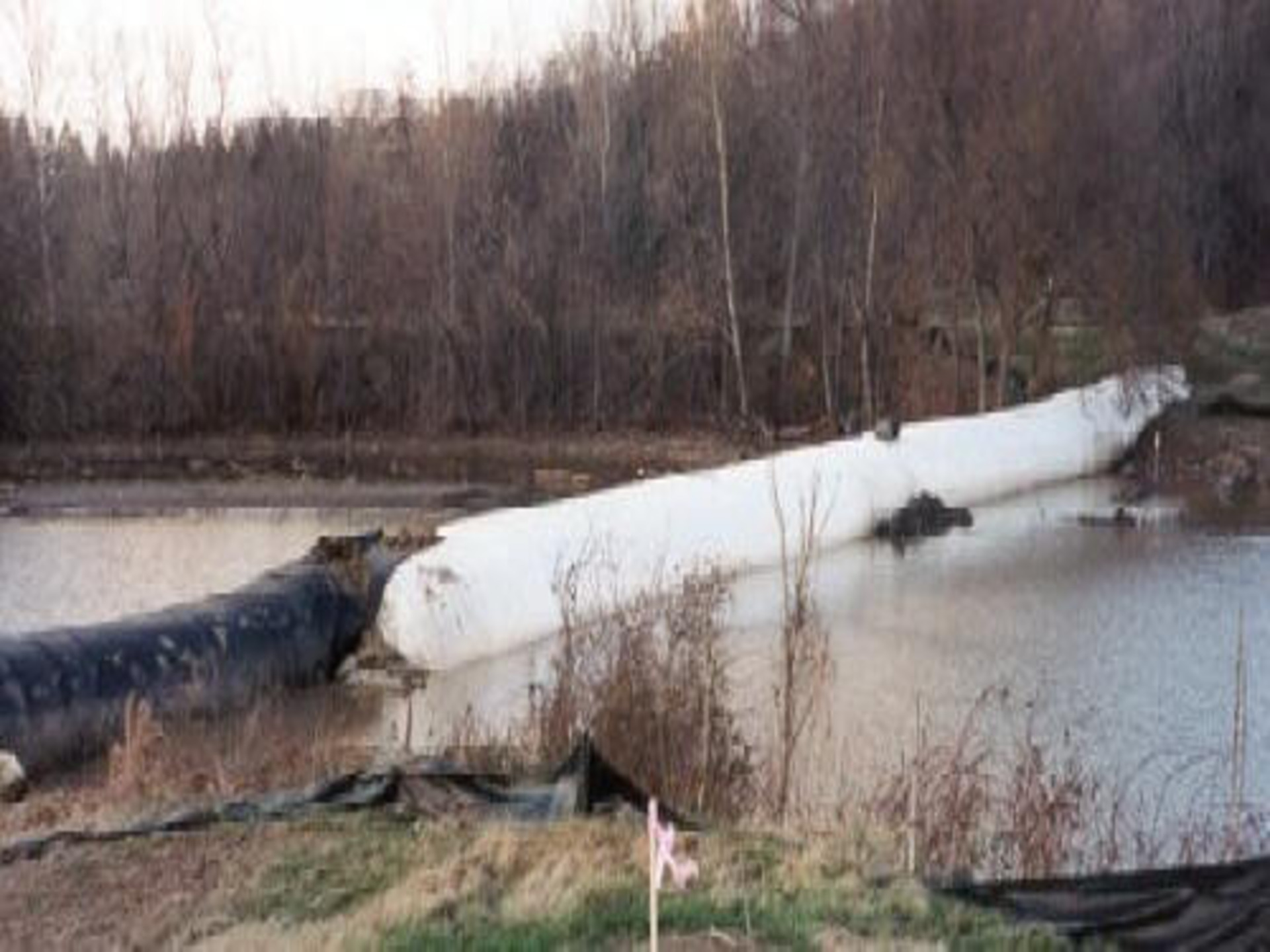
A 4ft tall, 68ft long black AquaDam® was installed over the culvert and its closed end was joined to the closed end of an 8ft tall, 100ft long white AquaDam. Fill material was also placed where the two closed ends met. The white AquaDam® then attached to another 100ft long white AquaDam, which was launched from the opposite bank.
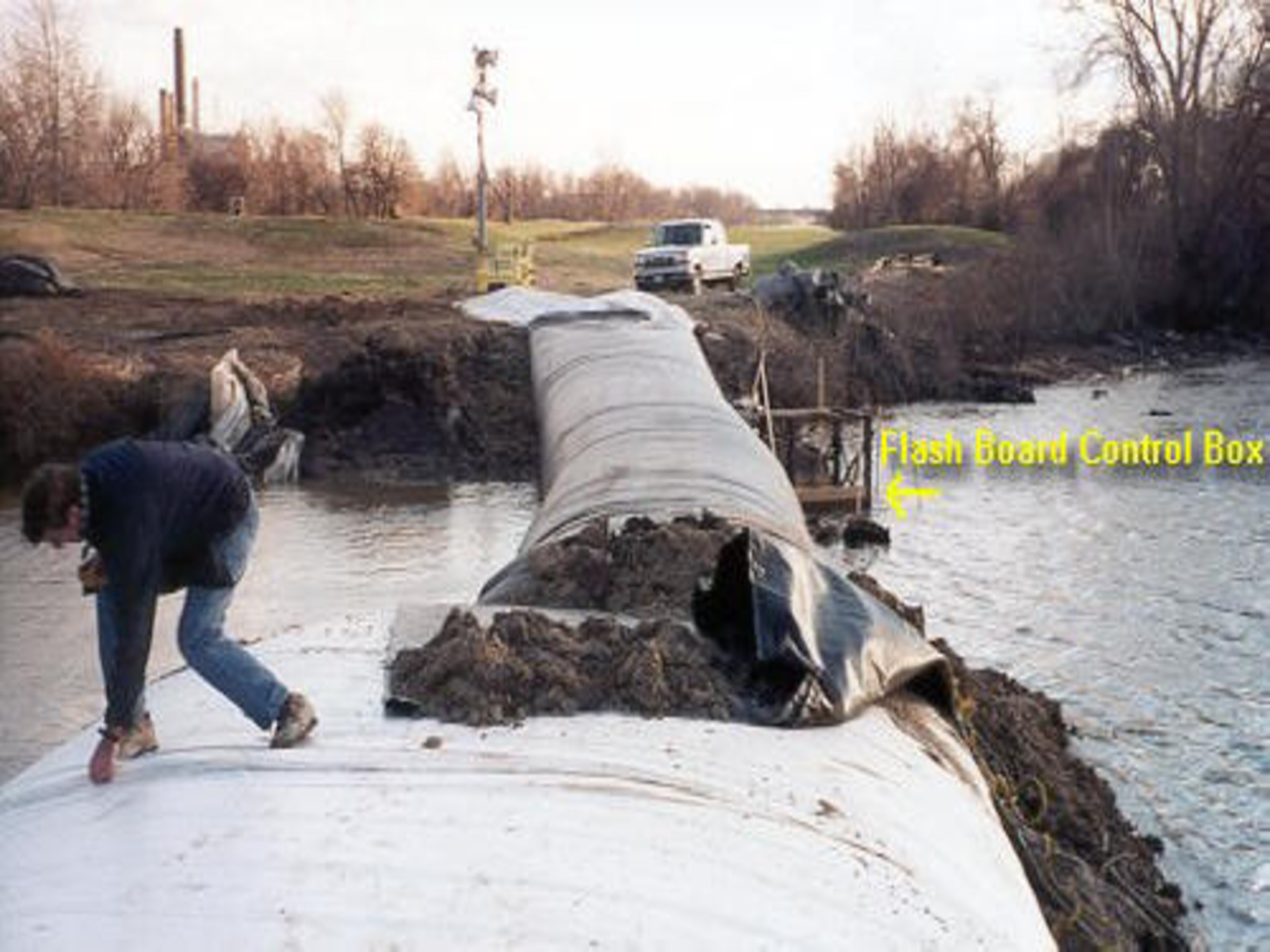
Before installing the 4ft tall AquaDam, fill was laid to secure the 24-inch culvert in place. The AquaDam® was then installed over the fill and culvert. It was essential for the water passing through the culvert to have a sufficient volume to support the species and promote growth.

The AquaDam® cofferdam system was set up to prevent the strong tides from eroding the fresh hydraulic fill behind the dams. By having the culvert in place, it helped drain the dredged water during low tide, which helped keep seeds, plants, and soil in place.
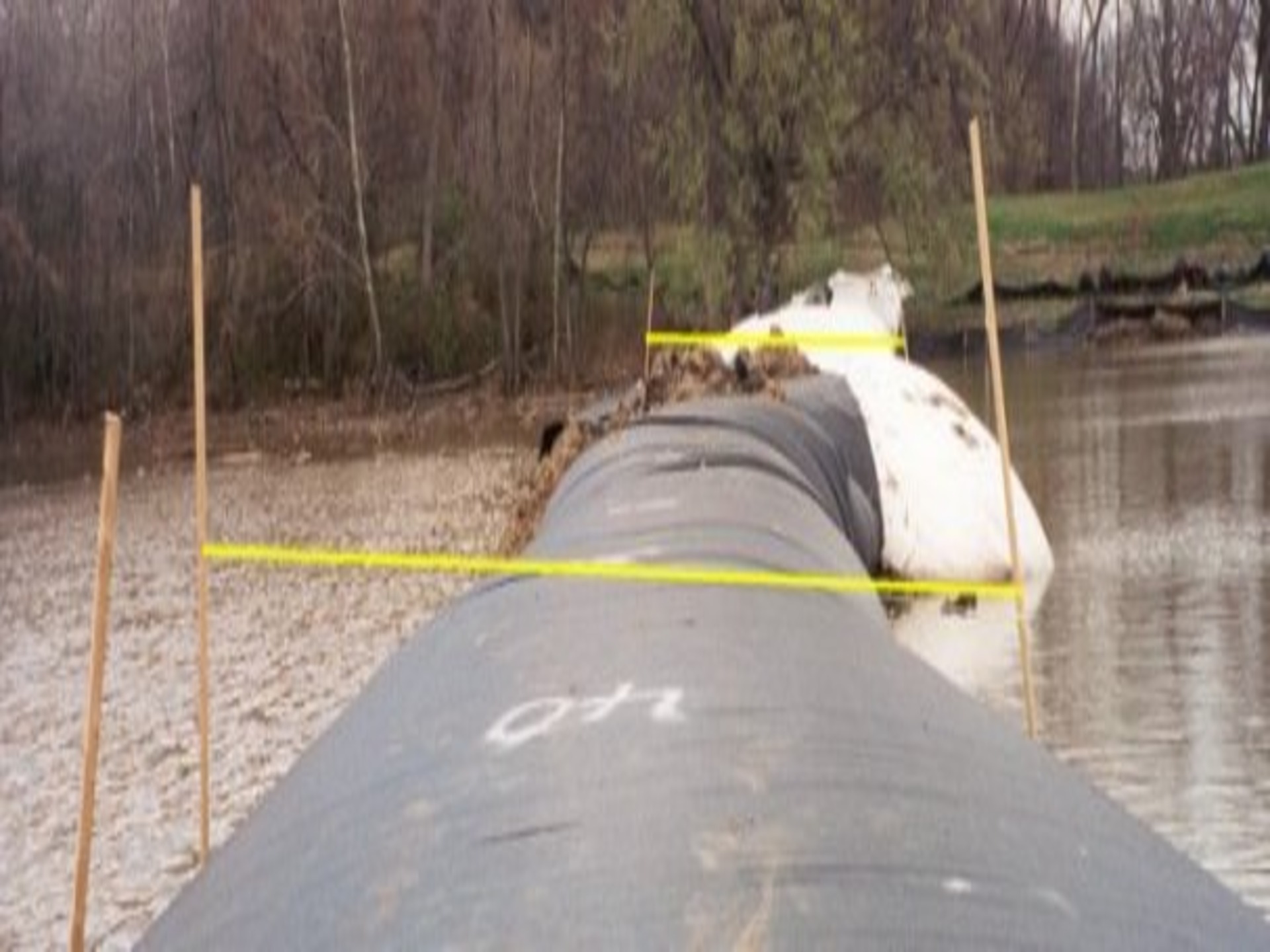
A string line was placed across the width of the top of the AquaDam. This is a quick way of determining whether or not the AquaDam® is the correct height.
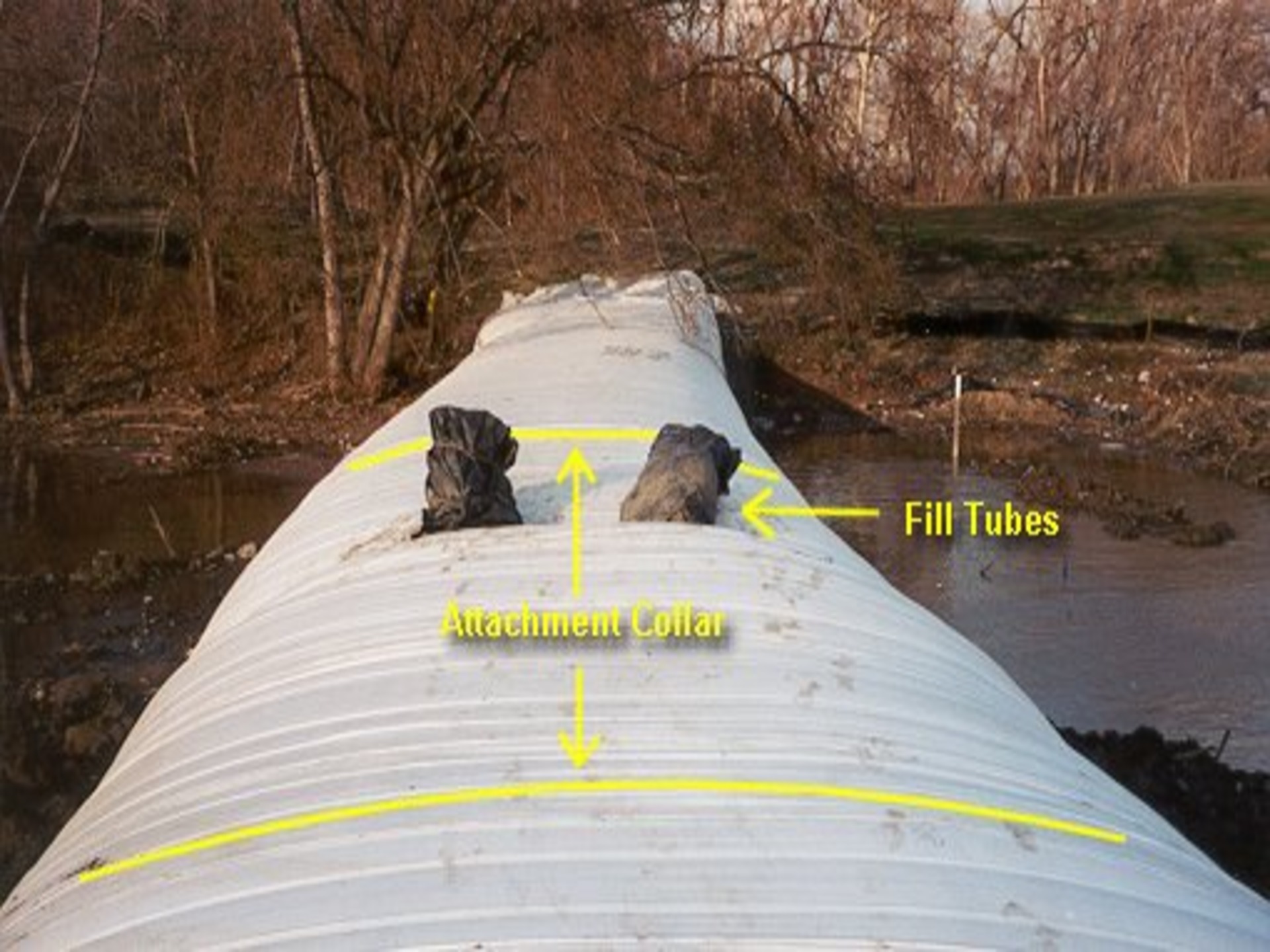
Check out this photo where two AquaDams are connected together using a connection collar. Both dams are 8ft tall single closed end (SCE) AquaDams, with one dam having its fill-tubes sticking out on top of the closed end and thought the connection collar of the other dam. The closed end serves as the starting bank for one dam, while the open end and fill-tubes of the other dam are on the far bank, which acts as its starting bank. To ensure proper installation and functionality of a SCE AquaDam, it is essential to have a starting bank that maintains a higher elevation than the body of the AquaDam. The open end and fill-tubes of the SCE AquaDam® must remain elevated above the full height of the dam along its designated path. It is important to note that an AquaDam® will only reach its maximum height at the lowest elevation point along its designated path.
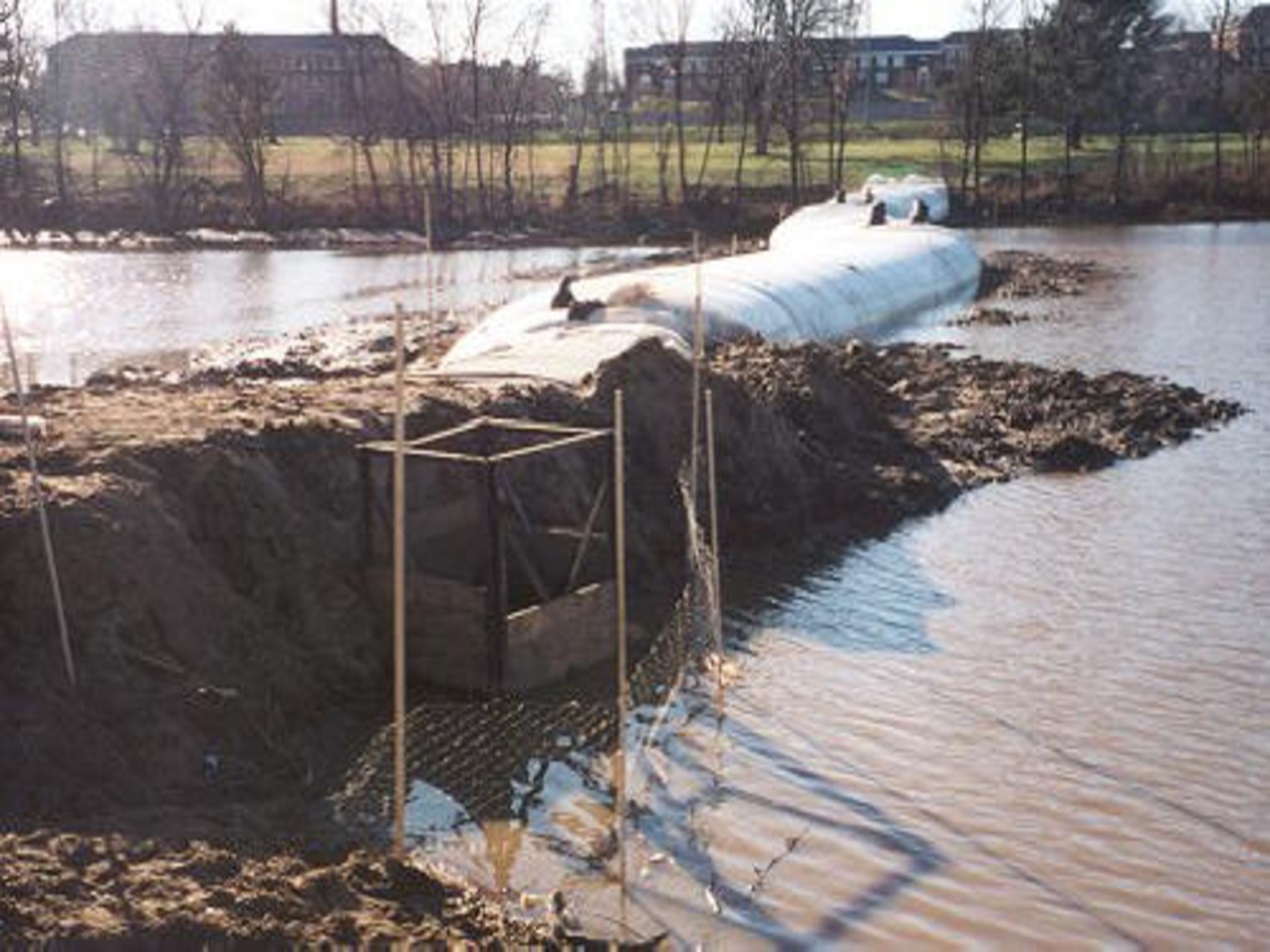
Located at the southern end of the dredged disposal area is an additional AquaDam® cofferdam system. Fill material was strategically placed over a culvert at this location to facilitate the release of dredged water from the disposal area. This particular end of the project utilized three interconnected AquaDams, each measuring 8ft in height (full) and 100ft in length, to create one seamless and effective cofferdam structure.

The areas between Phase one and Phase three will be filled with dredged material to raise the mud flat to a suitable elevation for the growth of wetland plants. A critical factor in ensuring the survival of the plants was keeping them away from deep water. The AquaDams effectively provided this necessary protection.
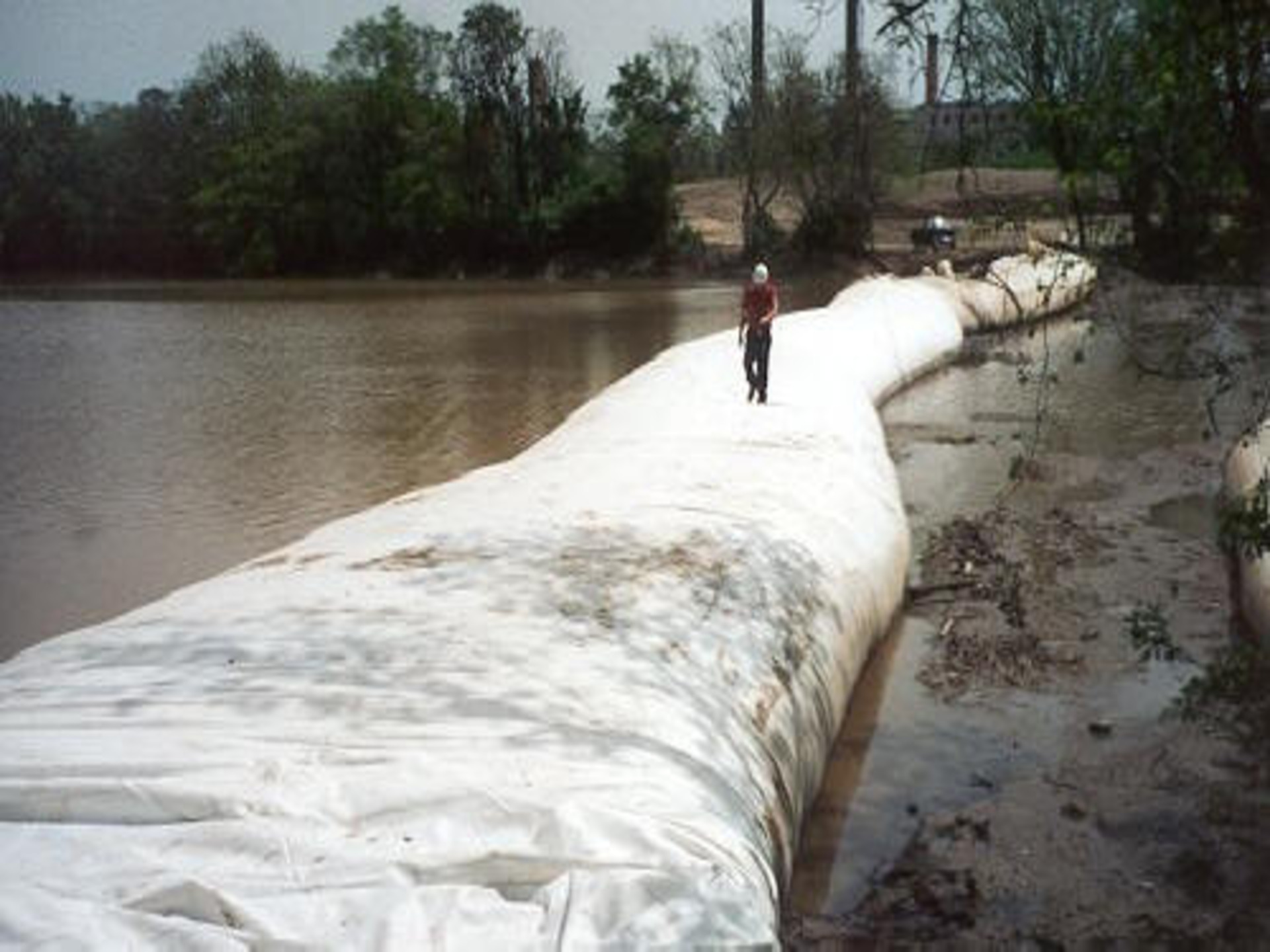
The initial AquaDams located at the southern end required replacement. The new set consists of two units, one 250ft long and the other 100ft long, both standing at a height of 8ft when fully filled. These AquaDams were utilized for a period exceeding six months to facilitate the growth of wetland vegetation.
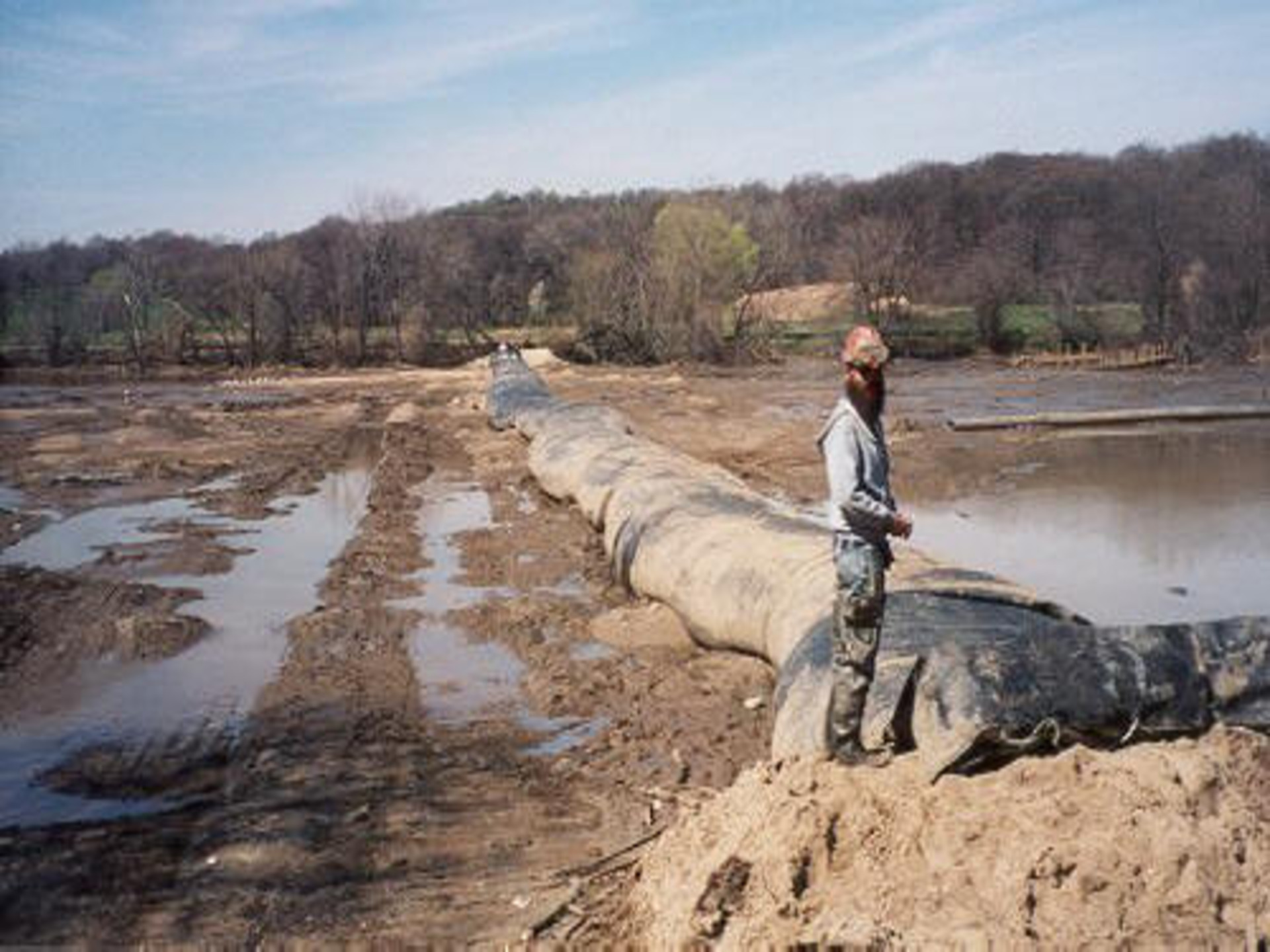
This photo depicts a 4ft tall by 580ft long AquaDam® that was utilized to divide the center of the 40-acre fill site during low tide. The dredging took place approximately one mile away, clearing out the shipping channel of the Anacostia River and depositing the material on this mud flat to elevate it sufficiently for the plants to endure during high water levels.
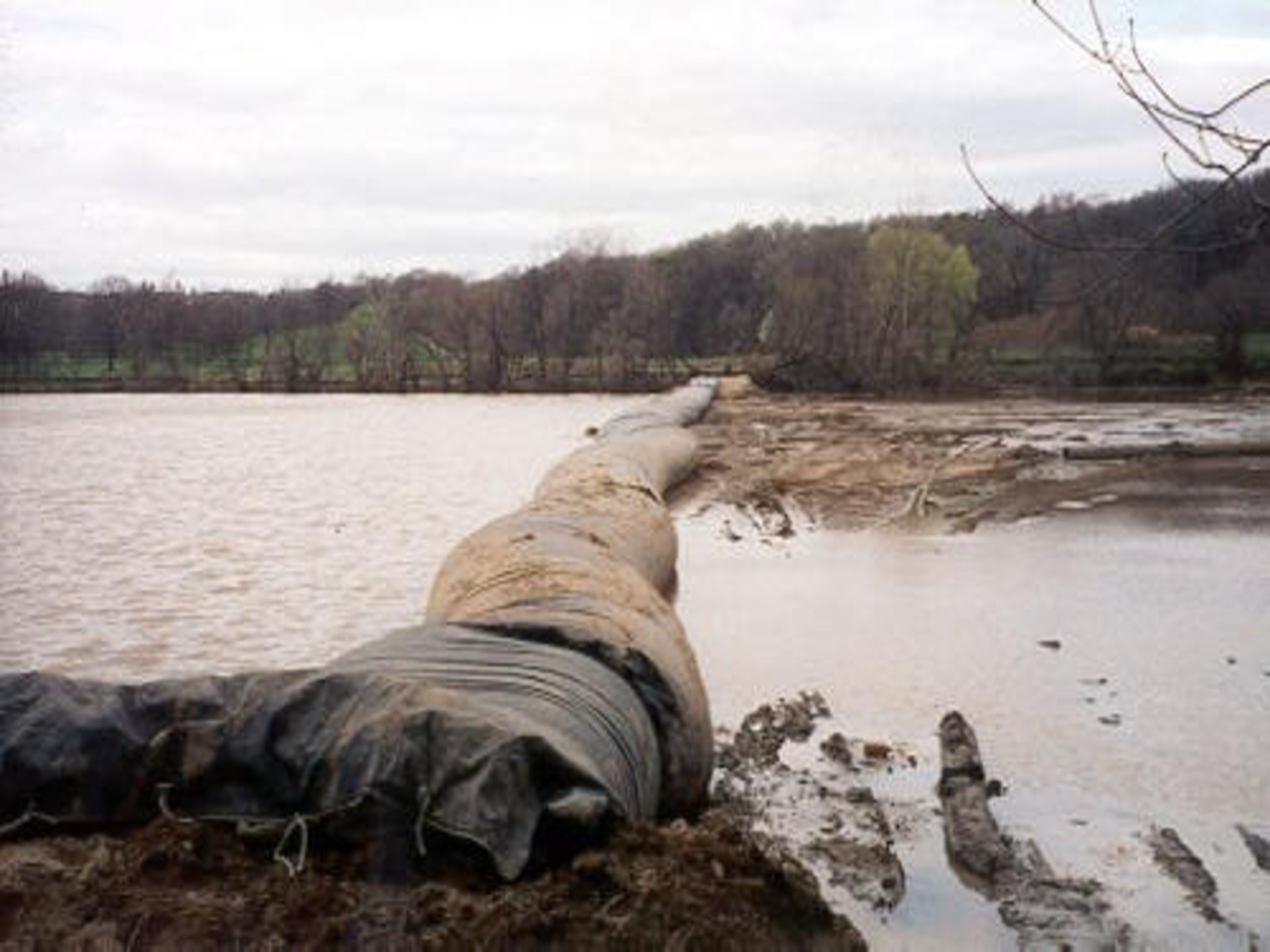
This photo illustrates the impact of water depth during high tide on one side of the AquaDam. The opposite side of the dam remained dewatered as the tide was effectively blocked from reaching that area.
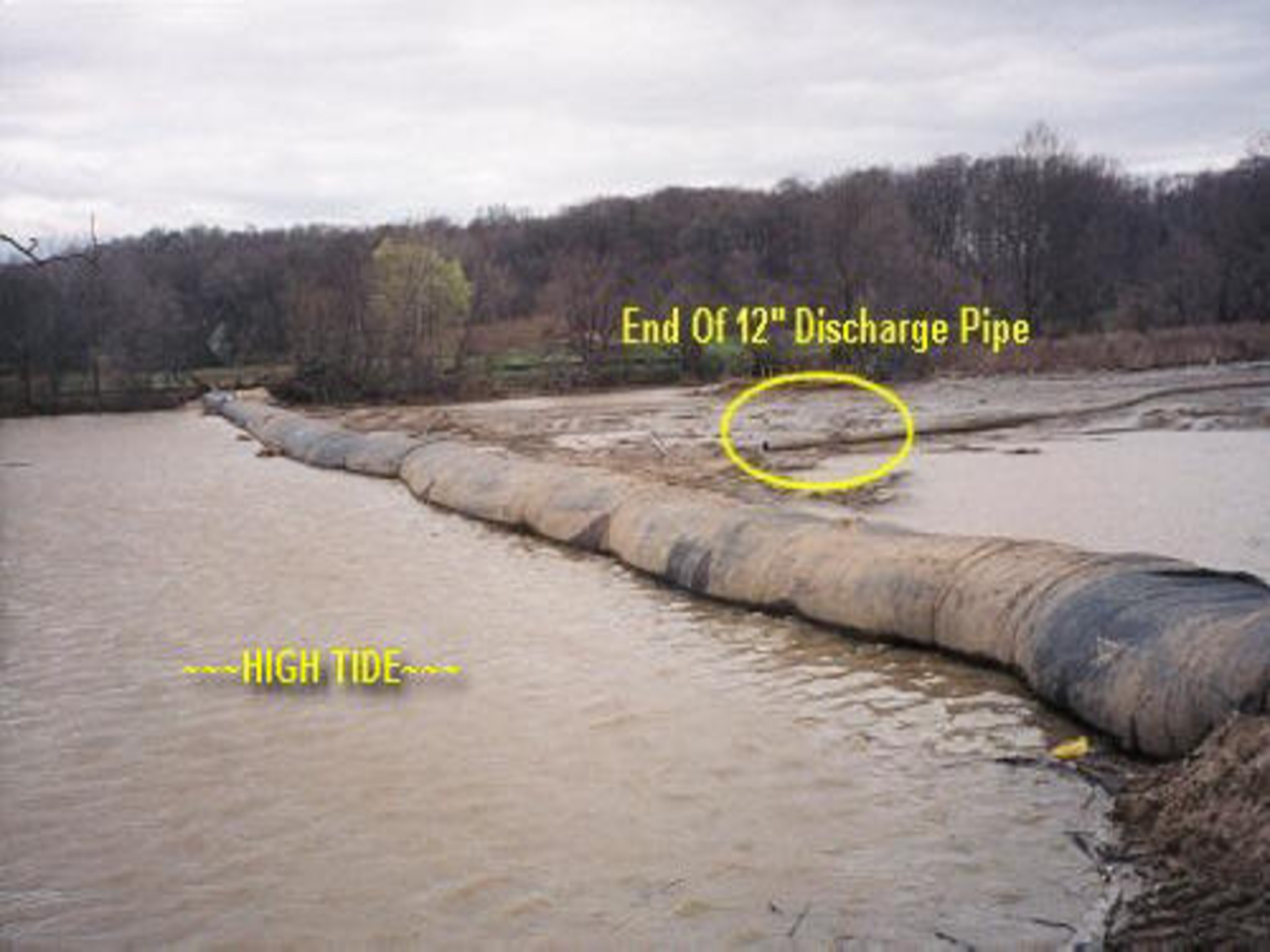
The wetland vegetation will get a good start and grow quickly, allowing these mud flats to become productive wetlands which filter the tidal water and improve its quality.
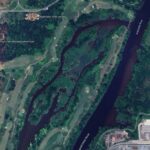
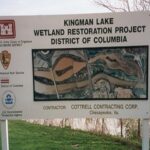
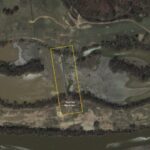
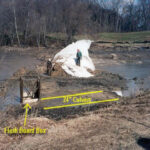
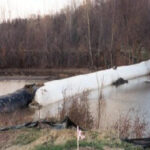
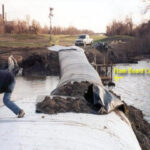
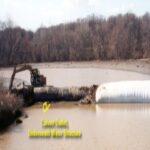
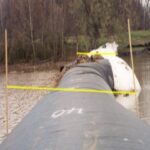

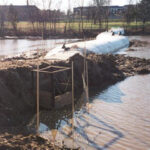
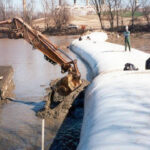
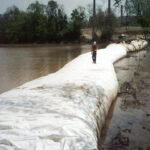
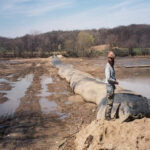
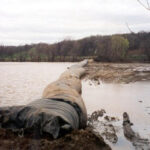
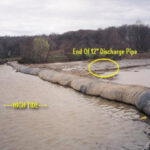
Multiple AquaDams, Kingman Marsh, Anacostia River, Tidal Wetland Restoration, Army Corps of Engineers, Department of Energy & Environment, National Park Services, Department of Interior, Geological Survey, National Ocean and Atmospheric Administration, D.C. Department of Environment, University of Maryland
